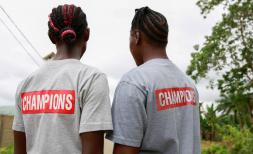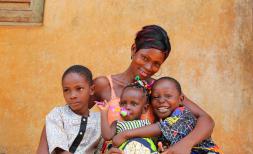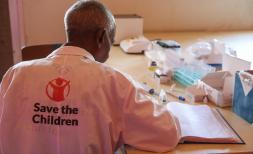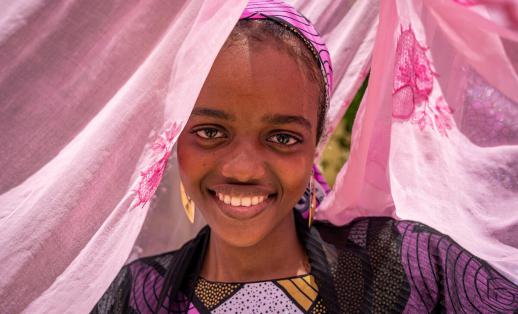Reaching every last girl in Sudan

In September 2015, the world celebrated the significant achievements with regard to the MDGs and exuberantly launched the Sustainable Development Goals (SDGs) – a set of 17 ambitious and robust goals. A critical principle in the pursuit of these goals is to leave no one behind. The SDGs include gender equality and girls and women’s empowerment. Increasingly, it is becoming clearer that progress for girls and women is imperative in unlocking attainment of the other goals.
As we commemorate the International Day of the Girl Child on 11th October, we remain painfully aware that girls continue to face exclusion. Globally, more than 700 million women are married before their 18th birthday and one out of three of them married before they are 15. As we mark this day, Save the Children in Sudan is calling upon all stakeholders including Government of Sudan, donor institutions and civil society organizations to commit to ensuring that every last girl in Sudan is Free to live, free to learn and, free from harm.
The Girls Opportunity Index in a global report on Every Last Girl by Save the Children International reveals that the worst places to be a girl are amongst the poorest in the world. The report notes that these countries have extremely high rates of deprivation across all indicators and there is an urgent need to focus on ensuring that policy and practice uphold girls’ rights.
Although Sudan faces its fair share of challenges with regards to gender equality, the country has made some impressive progress compared to many other developing and developed nations. According to the Human Development Index (HDI) report released in 2015, women embodied 23.8% of the National Assembly of Sudan. Sudanese women account for a larger percentage of the national parliament than many Western nations. In the USA for instance, only 19% of the MPs are women. This is indicative that progress is indeed possible. It is possible to realize progress in addressing the harm associated with female genital mutilation among girls. It is possible to keep girls in school and in the long run, address the disparity between men and women in the labor market. It is possible to address the challenges of early marriage for girls that not only puts their lives at risk but also the lives of their children.
In order for us not to leave the last girl behind, it is important that we must improve the data or information systems to gather more and better disaggregated and gender sensitive data. The weaknesses and limitations on disaggregated data and information on development and rights issues are making excluded girls invisible to policy and decision makers in many countries in the world including Sudan. For this reason, Save the Children in Sudan joins the commemoration of the International Day of the Girl 2016 with the theme “Girls’ Progress = Goals’ Progress: What Counts for Girls i.e. A Global Girl Data Movement”. More particularly, we call on the government to lead the country towards achieving the possibilities for our wives, sisters and daughters: the possibilities to be free to live, learn and be free from harm. A key milestone in this pursuit is to increase investment in collecting and analyzing girl-focused, girl-relevant and sex-disaggregated data and using the same to inform key policy and program decisions. With accurate and critical data available it will be easier to ensure programs, policies and services effectively respond to the specific needs of girls. In this way, we will be able to reach Every Last Girl.







